Meet the TruNeb™. No tubing, no air compressor, no inconvenience. Our premium nebulizer is pocket-sized so you can bring it anywhere you go.
Ships within 24 hours!
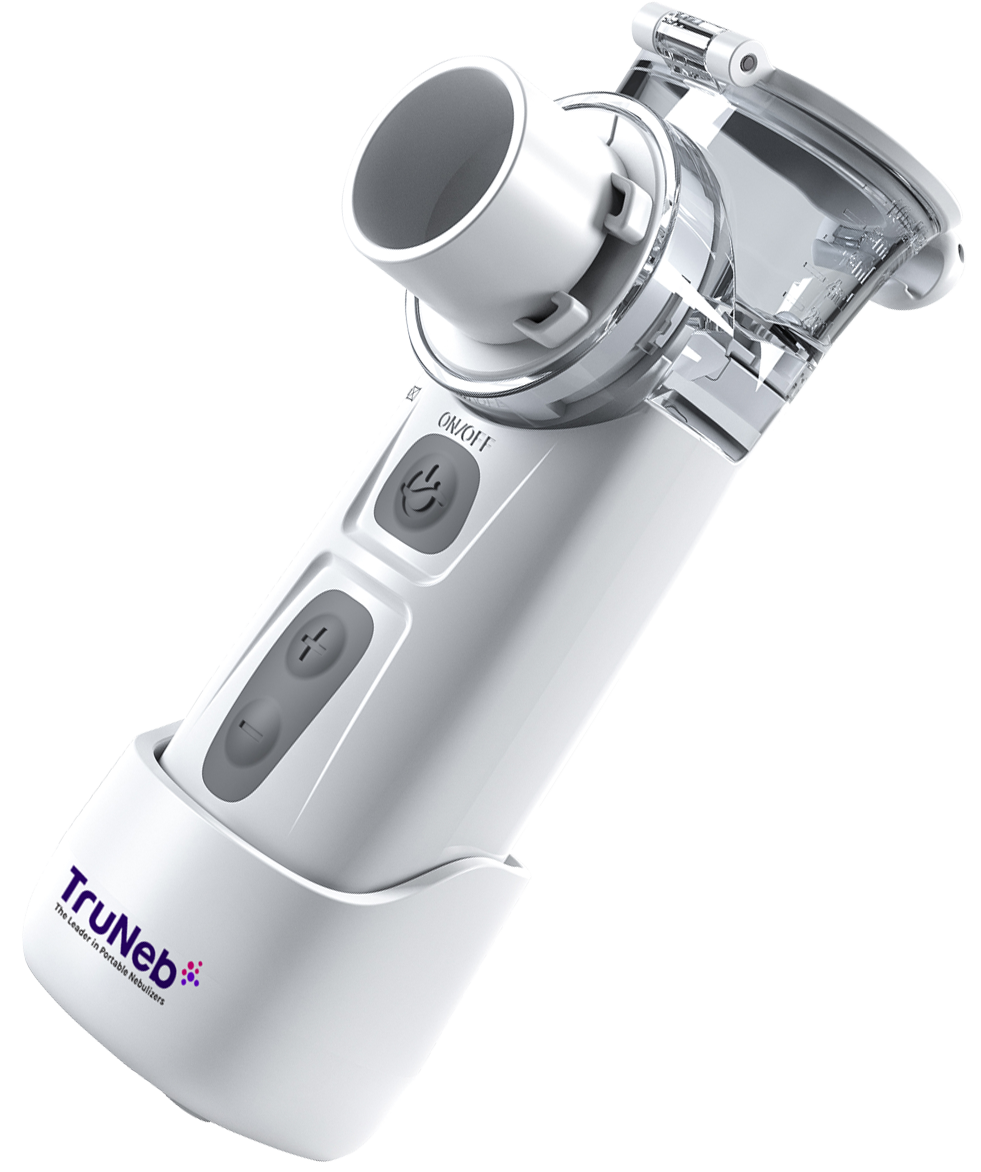

(From Florida)





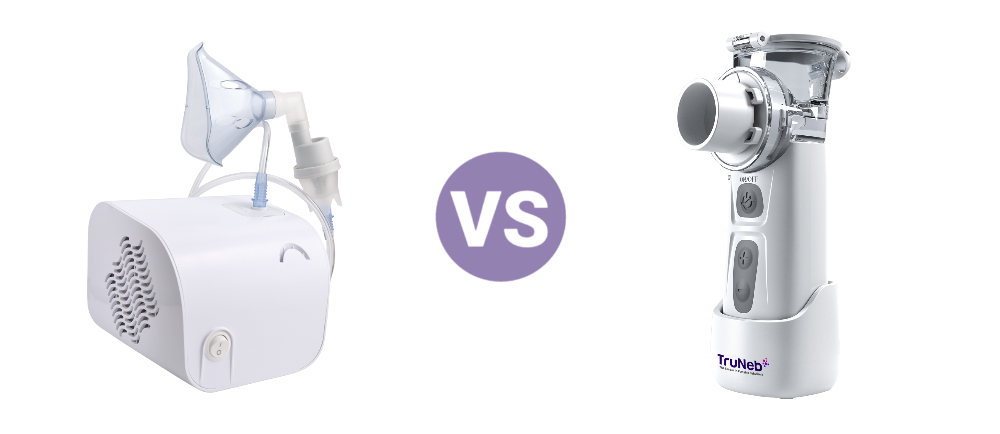
Easily change out the TruNeb™ mouthpiece with a mask for convenient breathing treatments (even for kids). Get the medication you need conveniently, anywhere you go.
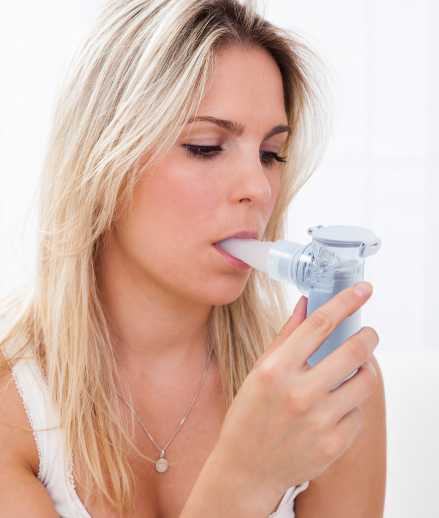
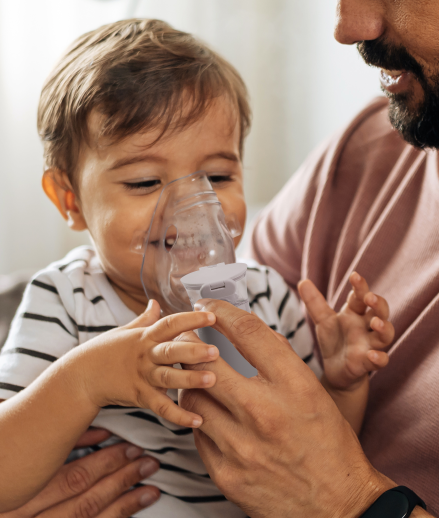
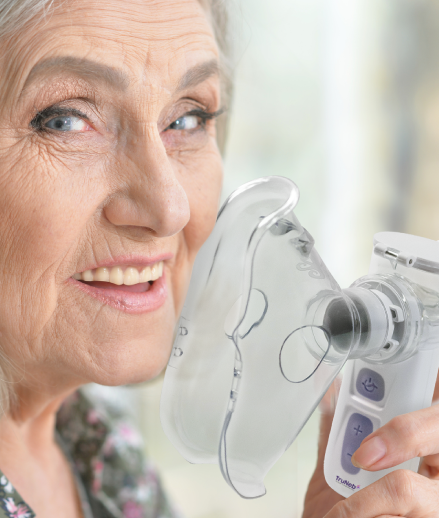
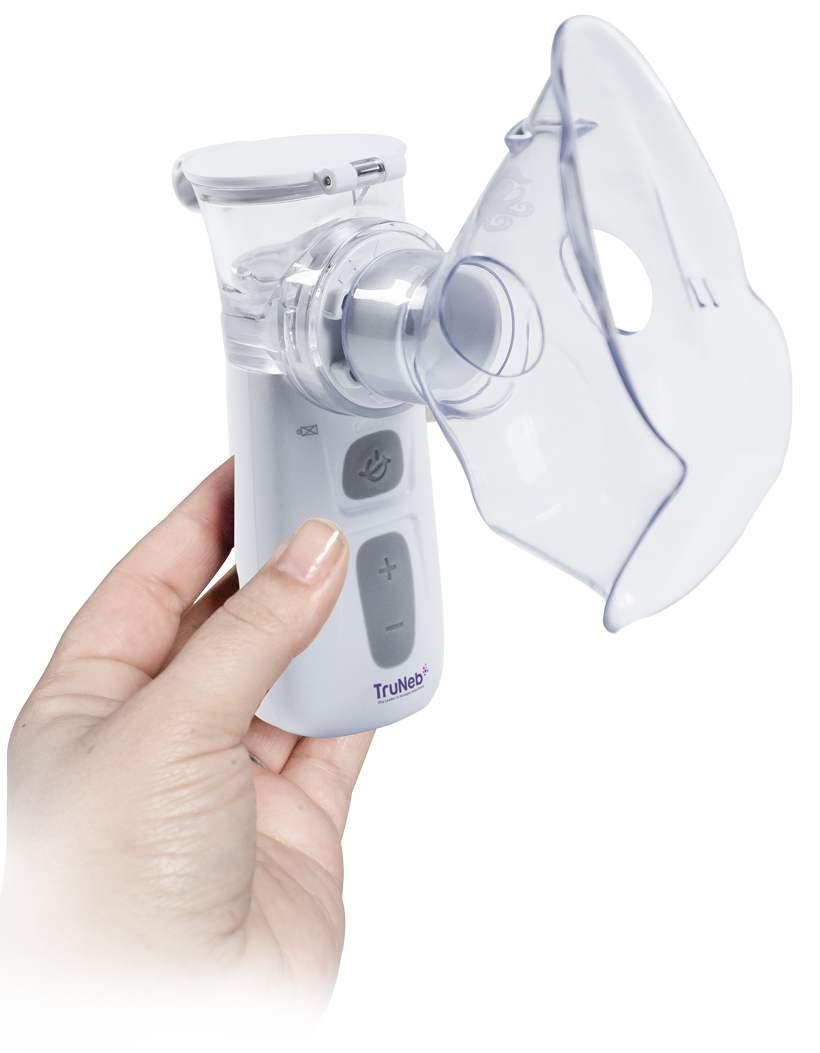
Put the TruNeb™ in your purse, backpack, or bag for use anytime you need it. No annoying parts, tubing or air compressors are needed.
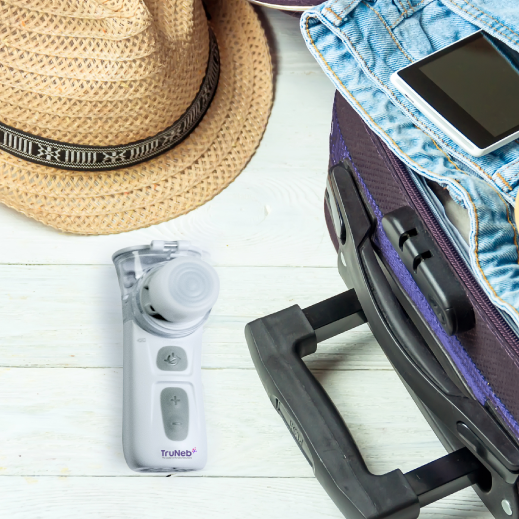

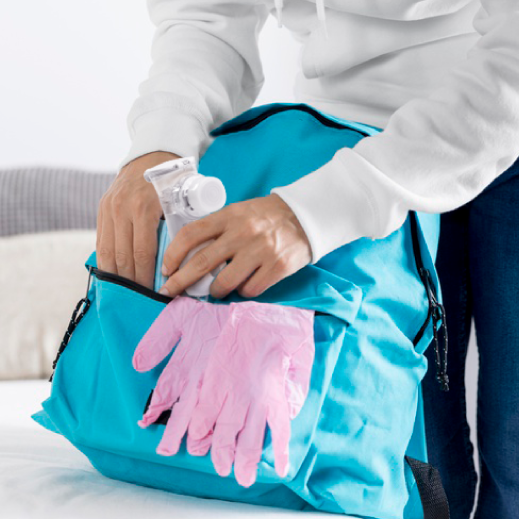
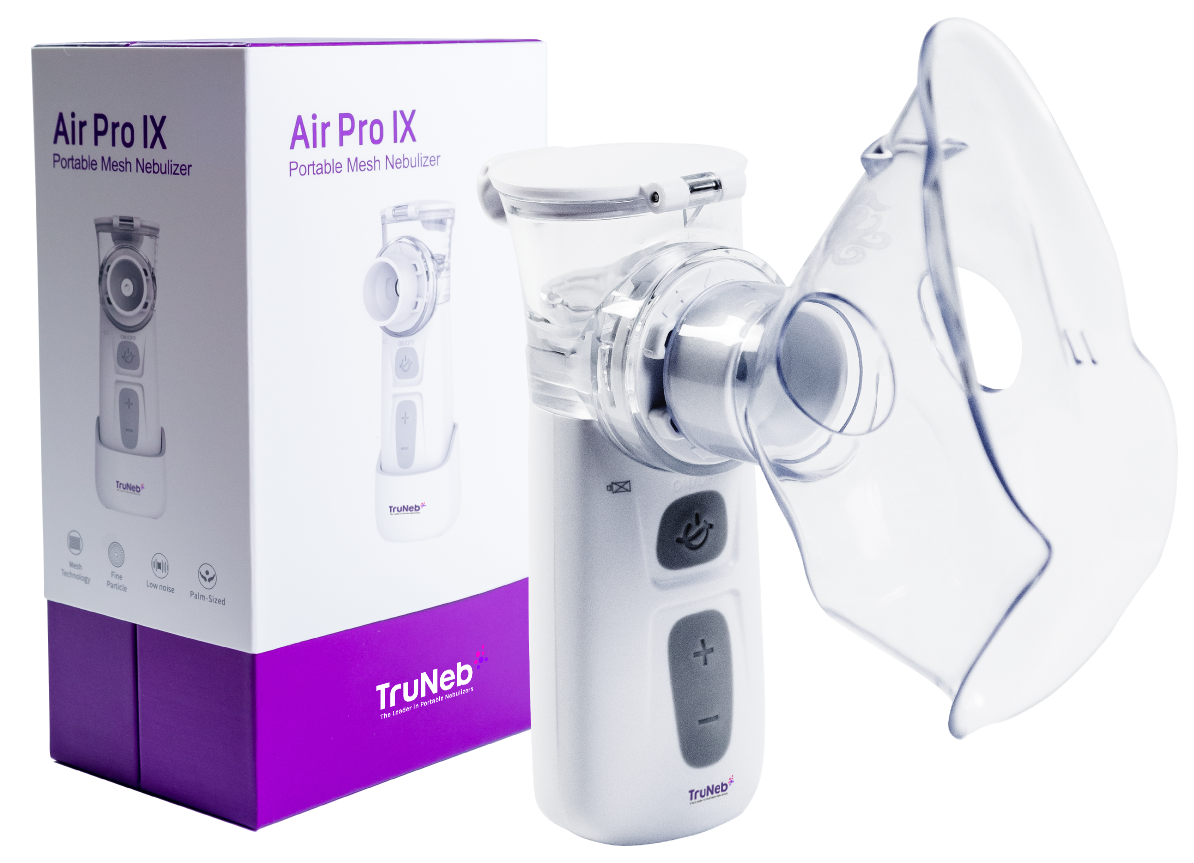
Unlike traditional jet nebulizers that need an air source, the TruNeb™ nebulizer quietly atomizes particles through vibrating mesh technology, delivering a quiet and comfortable treatment.
Simply pour your medication into the cup, attach the mask or mouthpiece, and turn on the power button. Your breathing treatment will start instantly.
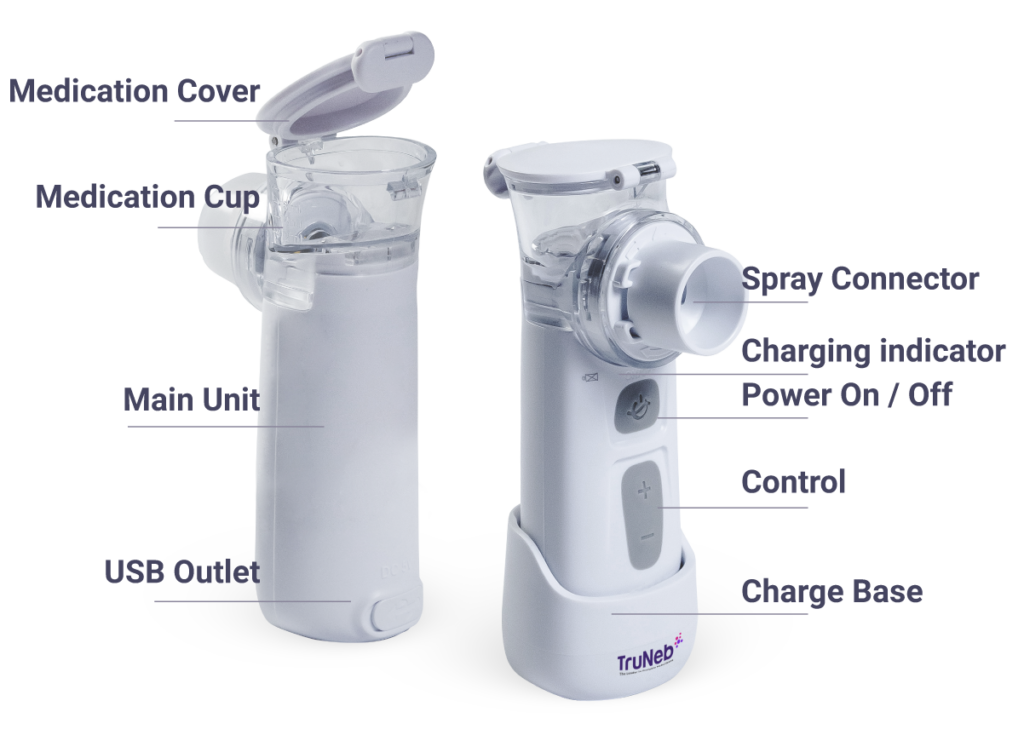
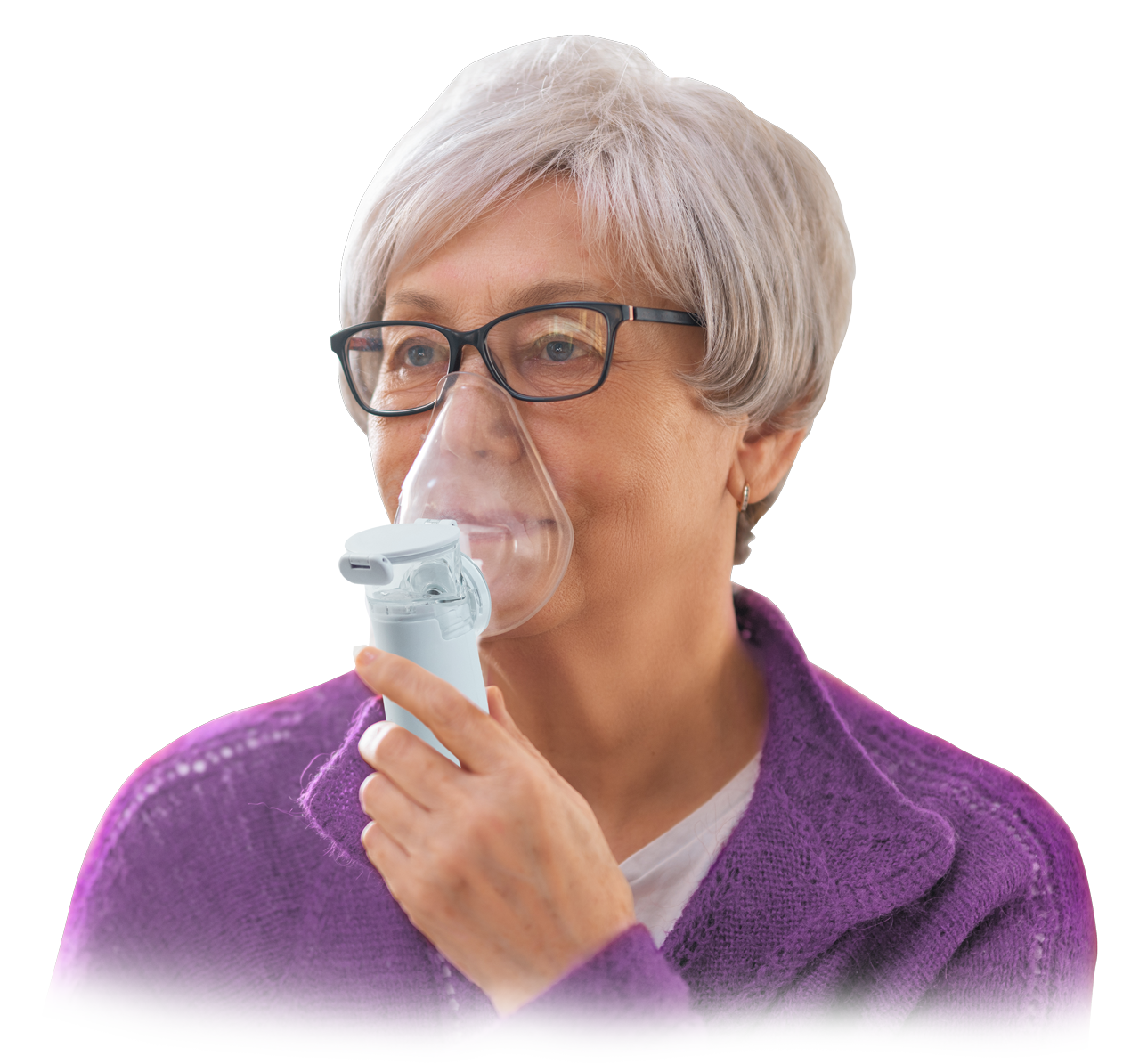
Get instant relief with the TruNeb™ portable nebulizer. It’s quiet, effective, and convenient. Get breathing relief when you need it most, no matter where you’re at.
Always ask your doctor for medical advice before using TruNeb™ products. Our customers have used their portable nebulizer machine for:
*Please note this is not an exhaustive list nor guarantee that your saline or medication treatment in the TruNeb™ will resolve these conditions. Consult your medical provider before nebulizing any substance.
I LOVE this Nebulizer!!!! it offers effective relief for severe COPD. This lightweight inhaler is really worth the money! Finally, it is discrete so you can feel comfortable using it anywhere.

I’ve tried a variety of nebulizers over the years as an Asthma sufferer. Let me tell you, it is truly a pain to bring around a regular neb so an inhaler has been my only option (which I don’t like). I was really excited to try this product out. It’s a game changer! The treatment only takes 5 minutes and there’s not a bunch of annoying parts. Five stars across the board.

We unfortunately don’t have insurance and didn’t want to spend a couple hundred dollars on a regular nebulizer setup as it seemed outrageous. After doing a little searching, I found the TruNeb and was happy with the price and free shipping. So glad I found this ultrasonic nebulizer!

I bought this for my poor 3 year-old that suffers from reactive airway disease. It’s hard to get him to sit through a regular nebulizer treatment as I’m sure he hates the sound. He loves this one! If you have young kids, this is the perfect solution.
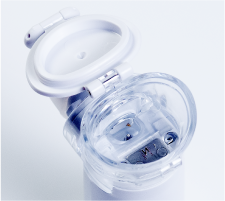
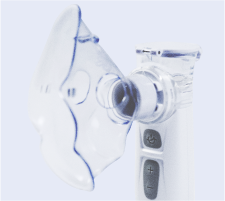
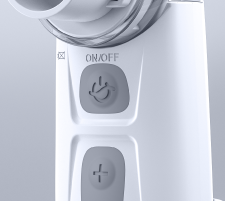
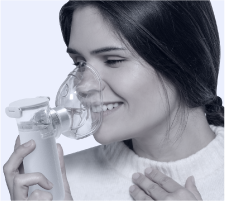
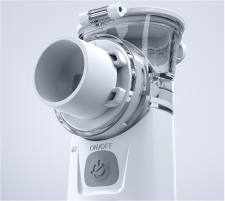
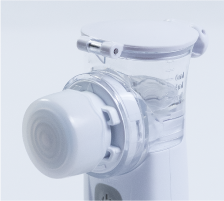
Follow the step by step guide below:
The TruNeb™ uses vibrating mesh technology in which the liquid is drawn through 1,000 microscopic holes, producing a finely atomized mist. Ours is also a portable and pocket size nebulizer so you can take it anywhere you can take your inhaler!
You don’t need a prescription to purchase the TruNeb™. However, you will need a prescription from your doctor for any breathing medications you use with it.
Yes. If you’re not completely satisfied with your nebulizer, you can get your money back. We offer a 30-day money back guarantee for your device.
We don’t take insurance at this time, but our premium nebulizer is superior to traditional jet nebulizers you’ll get with insurance! We are one of the few nebulizers on the market who are FDA approved.
No! There is no air source required. Our nebulizer is charged via a power cable and ready to use with the tap of a button.
Cleaning your nebulizer after each use helps prevent clogs and bacterial growth. Follow these four steps to clean it:
1. Remove the mouthpiece and any accessories.
2. Add 6ml of distilled water to the medicine chamber.
3. Run a full cycle through the nebulizer.
4. Shake out any remaining drops and allow it to air dry.
Disinfect your nebulizer by following the first four steps but add 2 to 3 drops of white vinegar and run a full cycle. After this solution is nebulized, run one more cycle of just distilled water. Wipe out the medicine cup with distilled water to ensure there is no vinegar residue left over.
Generally, any medications you can nebulize in a traditional jet nebulizer can also be used with the TruNeb™ nebulizer. Ask your doctor if you have specific questions regarding your medication delivery options.
Orders ship within 24 hours from Florida and typically take about three days to reach their destination in the lower 48 states. Shipping is free!
Everything you need to start using your nebulizer right away:
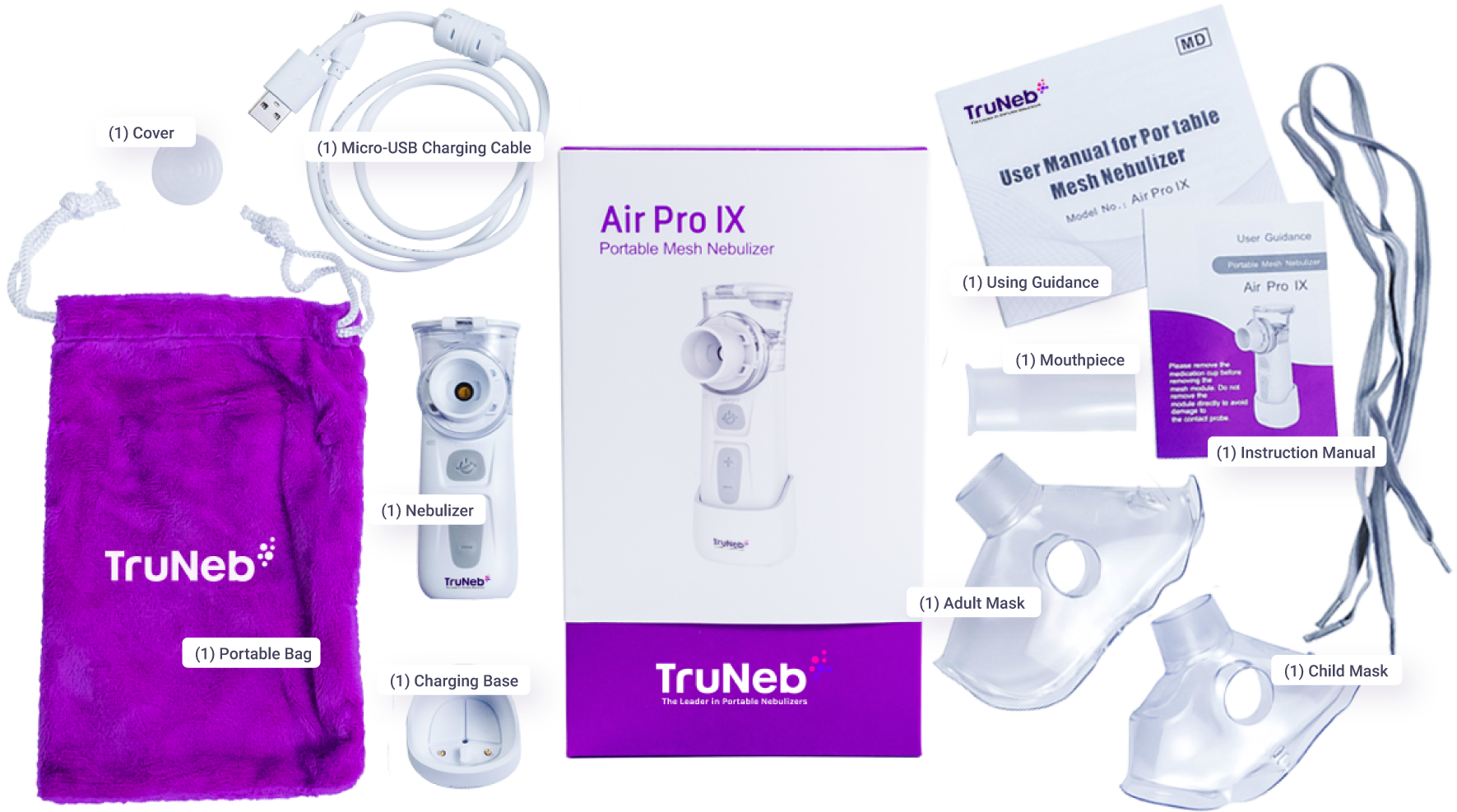
If you’re not completely satisfied with your TruNeb™, we will either send you a replacement or refund your money, guaranteed.
Ships within 24 hours
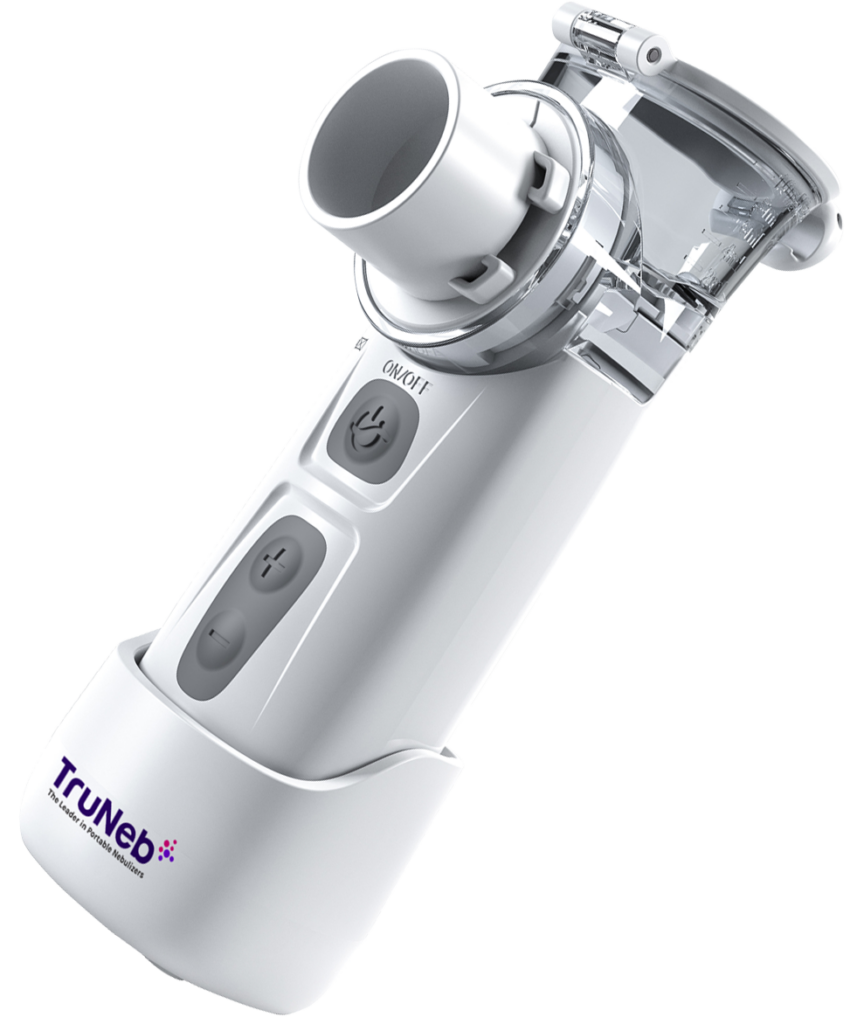
If you’re not completely satisfied with your TruNeb™, we will either send you a replacement or refund your money, guaranteed.
Ships within 24 hours!

TruNeb Ltd. Liability Co.
30 N Gould St
Suite #33285
Sheridan, WY 82801
Privacy Policy | Terms of Service | Cookie Policy | California Residents | All Rights Reserved 2024 © TruNeb Nebulizer